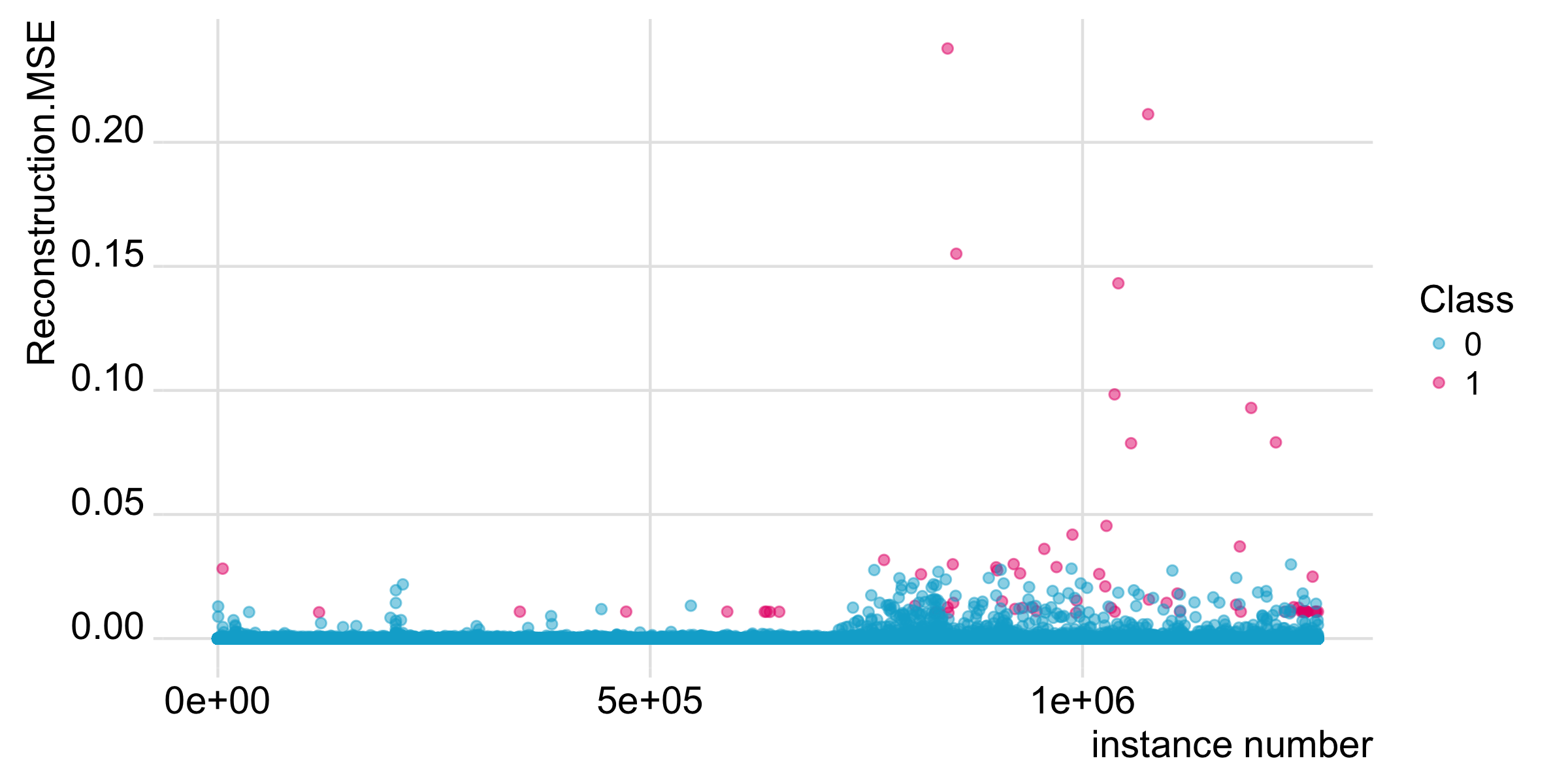Data Science for Fraud Detection
I have written the following post about Data Science for Fraud Detection at my company codecentric’s blog:
Fraud can be defined as “the crime of getting money by deceiving people” (Cambridge Dictionary); it is as old as humanity: whenever two parties exchange goods or conduct business there is the potential for one party scamming the other. With an ever increasing use of the internet for shopping, banking, filing insurance claims, etc. these businesses have become targets of fraud in a whole new dimension. Fraud has become a major problem in e-commerce and a lot of resources are being invested to recognize and prevent it.
Traditional approaches to identifying fraud have been rule-based. This means that hard and fast rules for flagging a transaction as fraudulent have to be established manually and in advance. But this system isn’t flexible and inevitably results in an arms-race between the seller’s fraud detection system and criminals finding ways to circumnavigate these rules. The modern alternative is to leverage the vast amounts of Big Data that can be collected from online transactions and model it in a way that allows us to flag or predict fraud in future transactions. For this, Data Science and Machine Learning techniques, like Deep Neural Networks (DNNs), are the obvious solution!
Here, I am going to show an example of how Data Science techniques can be used to identify fraud in financial transactions. I will offer some insights into the inner workings of fraud analysis, aimed at non-experts to understand.
Continue reading at https://blog.codecentric.de/en/2017/09/data-science-fraud-detection/…
The blog post is also available in German.
